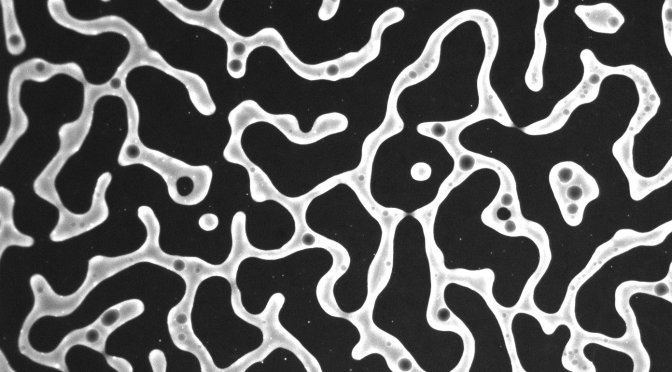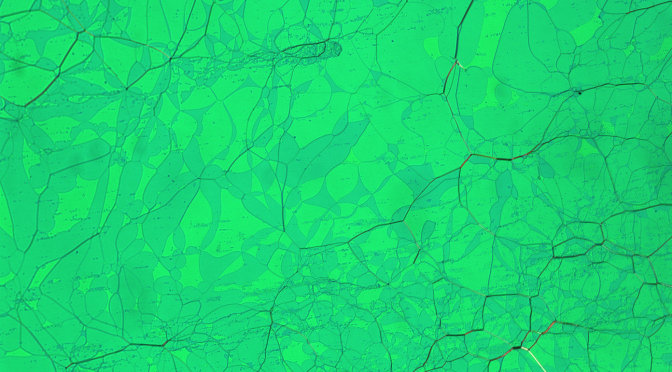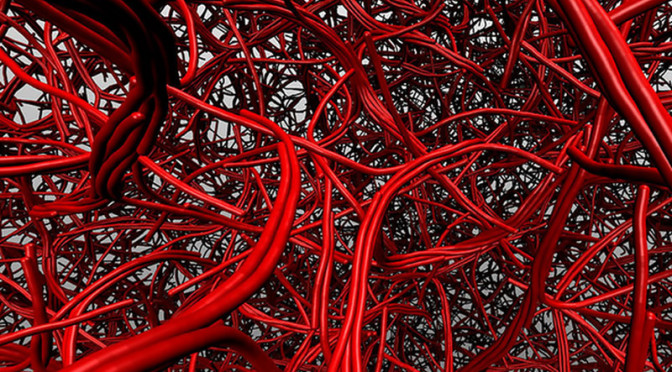“Tuning quantum dot organization in liquid crystal for robust photonics applications”
A.L. Rodarte, Z.S. Nuno, B.H. Cao, R. J. Pandolfi, M. Quint, S. Ghosh, J. Hein and L.S. Hirst, CHEM PHYS CHEM, Volume 15, Issue 7, pages 1413–1421, (2014) Link
Mesogenic ligands have the potential to provide control over the dispersion and stabilization of nanoparticles in liquid crystal (LC) phases. The creation of such hybrid materials is an important goal for the creation of soft tunable photonic devices, such as the LC laser. Herein, we present a comparison of isotropic and mesogenic ligands attached to the surface of CdSe (core-only) and CdSe/ZnS (core/shell) quantum dots (QDs). The mesogenic ligand′s flexible arm structure enhances ligand alignment, with the local LC director promoting QD dispersion in the isotropic and nematic phases. To characterize QD dispersion on different length scales, we apply fluorescence microscopy, X-ray scattering, and scanning confocal photoluminescent imaging. These combined techniques demonstrate that the LC-modified QDs do not aggregate into the dense clusters observed for dots with simple isotropic ligands when dispersed in liquid crystal, but loosely associate in a fluid-like droplet with an average interparticle spacing >10 nm. Embedding the QDs in a cholesteric cavity, we observe comparable coupling effects to those reported for more closely packed isotropic ligands.


